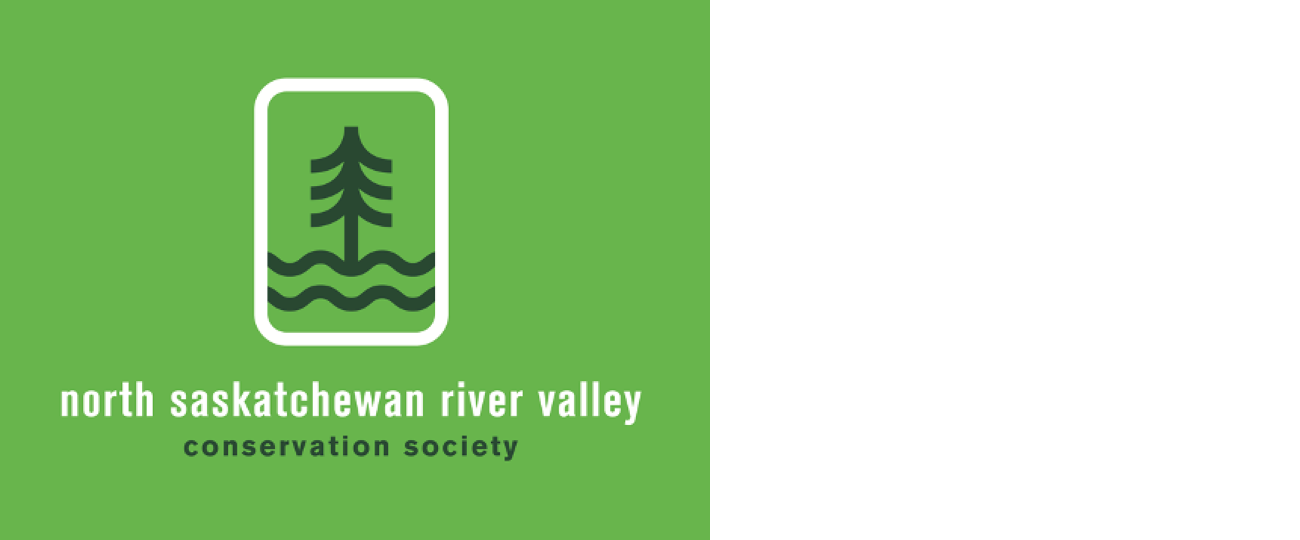Edmonton concerned about coal mining impact on watershed and ecosystem
Edmonton City Council accepted the recommendations of its Utility Committee that the mayor write a letter to the provincial government underscoring the potentially “serious impact of coal mining on our regional watershed and ecosystems.”
Other recommendations direct the city manager and Epcor to make a submission to a provincial coal policy committee, and direct city administration to report back on both the status of the North Saskatchewan River Regional Plan and the need for a formal watershed management plan.
Epcor’s assessment noted two relatively recent tailings dam failures, one at the Obed Mountain coal mine in Hinton in 2013 and another at the Mount Polley gold and copper mine near Quesnel, B.C. in 2014, that contaminated water with mine waste.
Epcor recommended that a precautionary approach be taken in any assessment of potential coal mining. “Despite advances in treatment technologies, exposing rock rich in selenium and other metals has been shown to affect water quality for decades in downstream water bodies,” the report notes. Mitigation and remediation is cost prohibitive and difficult.” Read more at https://thenarwhal.ca/edmonton-drinking-water-coal-mines-report/
Manitoba Maple tolerates both flooding and drought
The native range of Manitoba maple is limited to the far eastern part of Alberta’s grasslands and aspen parkland as far north as the Battle River. However, the species is remarkably adaptable, and has thrived when planted in many other parts of the province.
Manitoba maple is rare in that it can tolerate both flooding and droughts. It is also moderately salt tolerant and grows well in full sun or partial shade. Manitoba maple does not sucker but it can nevertheless spread quickly by seed into large, thick groves that persist for decades as the species is long lived as well as fast growing
Manitoba maple is wind pollinated, so it does not provide food for pollinators. However, many birds and squirrels feast on its characteristic and abundant ‘helicopter’ seeds. Manitoba maples can also be tapped for their sap in the early spring when temperatures are above freezing during the day and below freezing at night. This sap can be boiled down into a sweet syrup that tastes very similar to the syrup made from sugar maples in eastern Canada.
A famous Edmonton Manitoba maple was planted by Laurent and Eleanor Garneau at the rear of their home, to which they moved in 1874. The tree was on 111 Street just north of 90 Avenue and was removed for safety reasons in September 2017. Read more at https://www.edmonton.ca/city_government/edmonton_archives/emwalker-historic-trees
City ward Karhiio honours Michel First Nation
Karhiio is Mohawk for tall, beautiful forest and this ward was given its name to honour Louis L'Iroquois and his son Michel Caliheue.
Louis, a Mohawk from Kahnawake, was hired by the Northwest Company in 1800 as a canoe man and later a steersman. Louis' son Michel was born in 1823 and became the first Chief of the Michel band and signed an adhesion to Treaty 6. The band resided in what is now known as Calahoo and consisted of families of Mohawk, Cree, and Metis descent.
Michel First Nation was enfranchised in 1958. Enfranchisement is a process for terminating a person’s Indian status. This process was part of the Government of Canada’s plan to assimilate Indigenous people. Michel Band was the only one in Canada to be enfranchised during the twentieth century.
Since 1988, Michel First Nation is governed by an elected Chief and Council and has 750 status members. In the absence of band status, the Friends of Michel Society was formed to provide a legal entity. Watch a video at https://www.youtube.com/watch?v=RL6i5L_8gWI
Bark cut off at the base of a beautiful birch tree
Trudy writes “I’ve been noticing a large, beautiful birch tree along the path behind Mayfair golf in Edmonton that someone is cutting the bark off at the base trying to kill the tree and have cut a lot more off lately. I’m wondering who would benefit from this and how do we stop or protect the trees?”
Thanks
Brian says “Thanks for the well researched and insightful articles. I always enjoy reading your river valley news.”
Comment or contribution
If you have a comment, concern, or question, contact us at nsrivervalley@gmail.com Please also email us river valley photos or event information. Your friends, neighbours and colleagues can sign up for this newsletter on our web site.
Sincerely yours,
Harvey Voogd
North Saskatchewan River Valley Conservation Society
780.691.1712




















